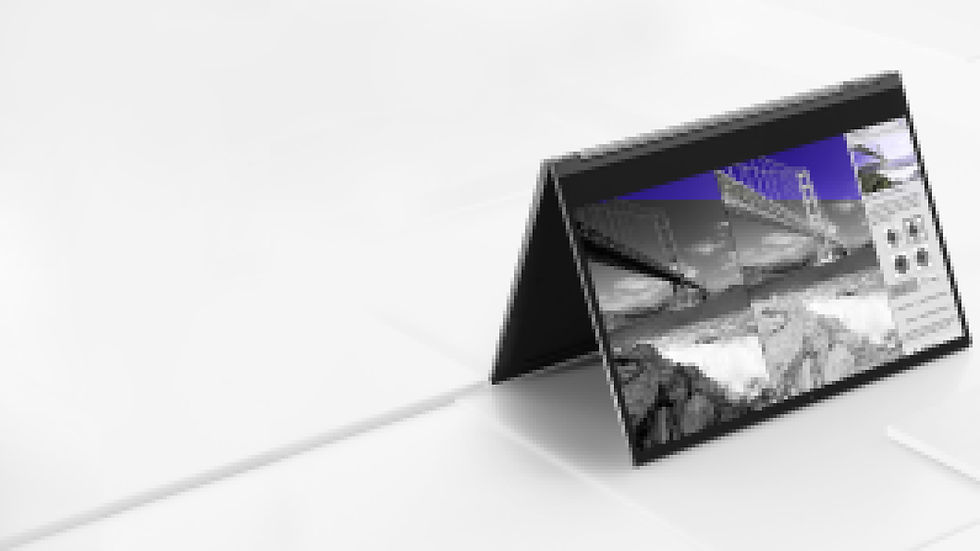Udp-flashlc-bridge Crack [2022]
- achamthopudo
- May 12, 2022
- 2 min read

Udp-flashlc-bridge Crack Incl Product Key The Flash LocalConnection is an advanced Flash/AS3 Networking technology that provides transparent UDP data access on the desktop from within Flash. The Flash LocalConnection bridges the gap between the Flash object, which has native TCP network capabilities, and the desktop, which does not. It provides socket-like I/O and connections on the desktop that allow you to perform all TCP network operations from within your desktop. The Flash LocalConnection has two modes of operation: in the default mode, it will attempt to use an existing Flash TCP Socket if one exists, or it will fall back to socket-based operations. In the alternative mode, it will always use the standard Flash Socket implementation, which is a more performant but less precise way of handling UDP packets. The Flash LocalConnection is also an advanced API for creating real-time network connections in Flash. It gives you much more control over your data transfer than the old way of calling NetStream.publish. There are several options to configure the Flash LocalConnection: - What ports should it listen on? - What ports should it use for normal operations? - What ports should it use for fallback operations? - How should it dispatch incoming data? And many more. You'll find everything you need to configure the Flash LocalConnection in this README file. To start using the Flash LocalConnection, you'll need to create a simple Flash LocalConnection object: var flashlc:LocalConnection; flashlc = new LocalConnection('someUDPPort'); flashlc.addEventListener(Event.INCOMING_DATA, function(e:Event):void { trace('incoming data!'); }); // write this method after you have assigned the Event.INCOMING_DATA event listener to the variable flashlc function dispatchIncomingData(e:Event):void { // this is the dispatch method called when the Flash LocalConnection's INCOMING_DATA event handler is called switch (e.data.dispatchMethod) { case "local_port": trace("Got a packet from port "+e.data.localPort); break; case "flash_socket": trace("Got a packet from Flash's socket"); break; case "send": trace("Got a packet to dispatch to port "+e.data.dispatchPort); var myPacket:ByteArray = new ByteArray(); myPacket.writeUTFBytes("Hello World"); Udp-flashlc-bridge Crack+ With Key Free Download (Latest) 8e68912320 Udp-flashlc-bridge Crack Patch With Serial Key This macro is used to encrypt arbitrary UDP input using the "Key" dispatch method. Note that "Key" is completely opaque to UDP-FlashLC, which means that your application *must* process incoming data in order to obtain a key-encryption-key (KEK). KEYMACRO Usage Example: import flash.net.NetworkStream; import flash.events.Event; import flash.net.URLLoader; import flash.events.EventDispatcher; import flash.events.IOErrorEvent; import flash.events.ProgressEvent; import flash.events.Event; import flash.events.MouseEvent; import flash.events.Event; import flash.net.URLLoader; import flash.net.URLLoaderDataFormat; import flash.net.URLLoaderDataFormatTypes; import flash.events.Event; import flash.net.URLLoader; import flash.net.URLRequest; import flash.net.URLLoaderDataFormat; import flash.net.URLRequest; import flash.net.URLRequest; import flash.net.URLLoader; import flash.net.URLLoaderDataFormat; import flash.net.URLLoaderDataFormatTypes; import flash.events.Event; import flash.events.Event; import flash.net.URLLoader; import flash.net.URLLoaderDataFormat; import flash.net.URLLoaderDataFormatTypes; import flash.net.URLLoader; import flash.net.URLLoaderDataFormat; import flash.net.URLLoaderDataFormatTypes; import flash.net.URLLoader; import flash.net.URLLoaderDataFormat; import flash.net.URLLoaderDataFormatTypes; import flash.net.URLLoaderDataFormat; import flash.net.URLLoaderDataFormatTypes; import flash.net.URLLoaderDataFormat; import flash.net.URLLoaderDataFormatTypes; import flash.net.URLLoaderDataFormat; import flash.net.URLLoaderDataFormatTypes; import flash.net.URLLoaderDataFormat; import flash.net. What's New In Udp-flashlc-bridge? System Requirements: NVIDIA GeForce 9800 GT, ATI Radeon X1950 Pro, Intel Core 2 Duo 3.2Ghz CPU, 2GB RAM Game Features: - Proven Multiplayer "Champion" Tournament System with "Player vs. Player" Arena- Proven "Champion" Tournament System with "Player vs. Player" Arena- Proven Pro "Champion" Tournament System with "Player vs. Player" Arena and Systemized Point System - Live-Scoreboard & Results- Systemized Point System & Power-Ups- Systemized Point System with Power
Related links:

![Espresso Reader Crack (LifeTime) Activation Code Free [Latest 2022]](https://static.wixstatic.com/media/50b4c4_90c955048c924efaaa12f9437efa86fc~mv2.jpeg/v1/fill/w_240,h_426,al_c,q_80,enc_avif,quality_auto/50b4c4_90c955048c924efaaa12f9437efa86fc~mv2.jpeg)

Comments